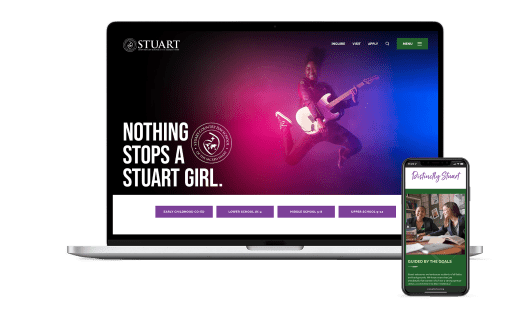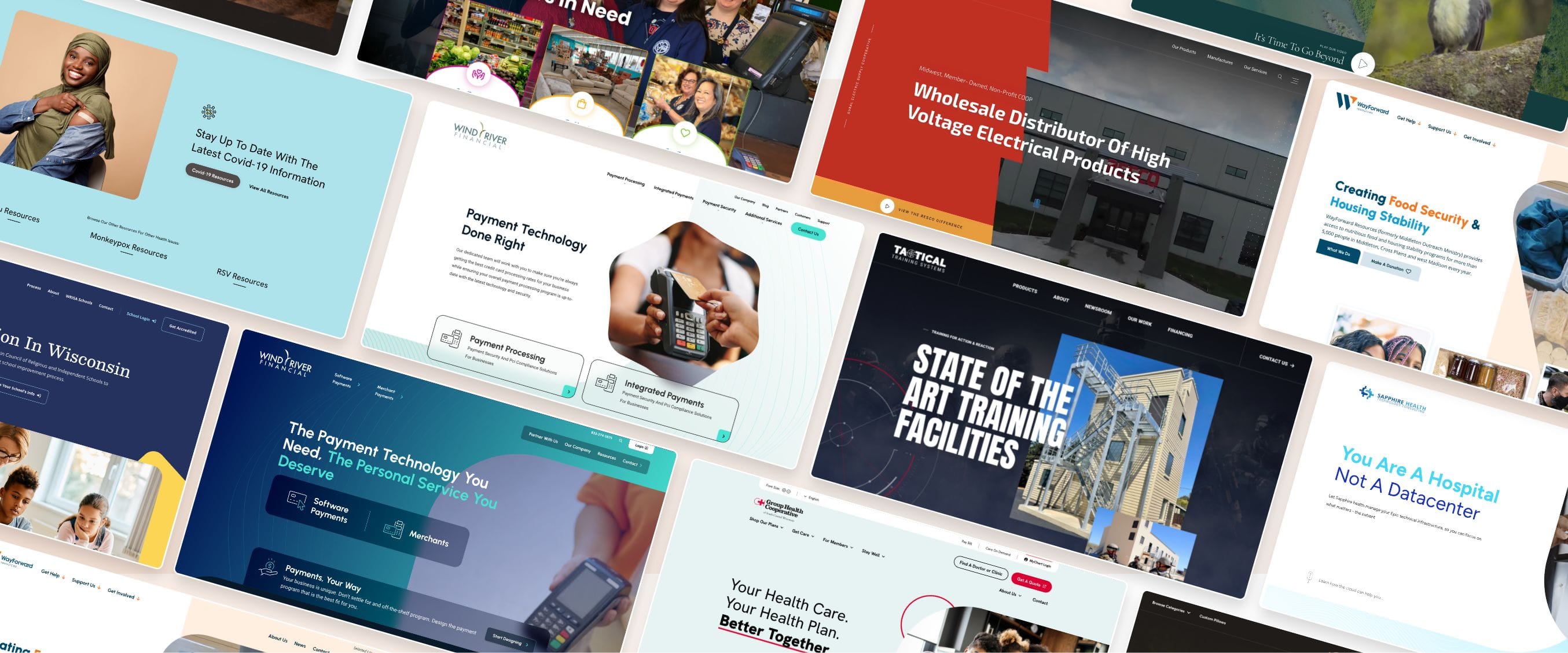The Importance of Adaptive Website Design for Mobile Audiences
The Importance of Adaptive Website Design for Mobile Audiences
Blog Article
Top Site Layout Trends for 2024: What You Need to Know
As we come close to 2024, the landscape of site layout is readied to undertake substantial makeovers that prioritize customer experience and interaction. Key patterns are arising, such as the raising fostering of dark setting for boosted availability and the combination of vibrant microinteractions that elevate individual interaction. Additionally, a minimalist aesthetic proceeds to control, focusing on capability and simpleness. The most notable developments might lie in the world of AI-powered personalization, which assures customized experiences that anticipate customer demands. Recognizing these fads will certainly be important for anybody seeking to remain appropriate in the electronic round.
Dark Mode Style

The mental impact of dark mode ought to not be ignored; it communicates a sense of modernity and class. Brands leveraging dark setting can raise their digital presence, appealing to a tech-savvy target market that values modern design appearances. Dark mode permits for higher contrast, making text and graphical components stand out more effectively.
As internet developers look to 2024, incorporating dark mode options is coming to be increasingly important. This trend is not simply a stylistic choice but a tactical choice that can considerably boost individual interaction and complete satisfaction. Firms that accept dark mode design are most likely to attract individuals seeking a visually attractive and seamless browsing experience.
Dynamic Microinteractions
While several style components concentrate on wide visuals, dynamic microinteractions play an essential function in boosting individual engagement by offering refined feedback and computer animations in reaction to customer activities. These microinteractions are small, task-focused computer animations that lead users with a web site, making their experience more enjoyable and user-friendly.
Examples of dynamic microinteractions consist of switch float effects, packing computer animations, and interactive kind validations. These aspects not only serve useful purposes yet additionally create a sense of responsiveness, providing individuals prompt feedback on their activities. As an example, a shopping cart icon that stimulates upon including a thing gives aesthetic reassurance that the action succeeded.
In 2024, integrating dynamic microinteractions will become increasingly essential as customers expect a more interactive experience. Effective microinteractions can enhance usability, reduce cognitive lots, and keep customers involved longer. Developers must concentrate on creating these moments with care, guaranteeing they straighten with the overall visual and capability of the website. By focusing on dynamic microinteractions, services can cultivate a much more engaging on-line visibility, eventually resulting in greater conversion rates and improved customer fulfillment.
Minimal Aesthetics
Minimalist aesthetic appeals have actually obtained significant grip in website design, focusing on simpleness and performance over unneeded embellishments. This approach concentrates on the vital components of a web site, getting rid of mess and enabling customers to navigate with ease. By employing enough white space, a restricted shade combination, and uncomplicated typography, designers can produce aesthetically enticing interfaces that improve customer experience.
One of the core principles of minimalist style is the concept that less is a lot more. By getting rid of interruptions, sites can interact their messages extra successfully, directing individuals towards preferred actions-- such as making a purchase or signing up for an e-newsletter. This quality not only boosts use however additionally lines up with modern customers' choices for uncomplicated, efficient online experiences.
Furthermore, minimalist aesthetics add to faster filling times, a vital consider individual retention and internet search engine positions. As mobile surfing proceeds to control, the demand for receptive layouts that keep their style throughout tools comes to be significantly crucial.
Accessibility Attributes

Secret availability functions include alternative message for photos, which gives descriptions for users counting on screen viewers. Website Design. This makes sure that visually damaged people can comprehend visual content. In addition, appropriate heading structures and semantic HTML enhance navigating for individuals with cognitive handicaps and those making use of assistive technologies
Color comparison is an additional critical facet. Sites must employ sufficient comparison ratios to make certain readability for individuals with visual problems. Keyboard navigation need to be smooth, allowing customers who can not use a computer mouse to access all web site functions.
Executing ARIA (Accessible Rich Internet Applications) functions can better improve use for vibrant read review content. Integrating inscriptions and transcripts for multimedia content fits customers with hearing impairments.
As availability becomes a basic expectation instead than an afterthought, accepting these attributes not just broadens your target market yet also lines up with moral design practices, cultivating a more inclusive digital landscape.
AI-Powered Customization
AI-powered customization is revolutionizing the method internet sites engage with users, tailoring experiences to specific choices and behaviors (Website Design). By leveraging advanced formulas and artificial intelligence, sites can examine customer information, such as browsing history, demographic information, and interaction patterns, to dig this produce a more personalized experience
This customization prolongs beyond simple referrals. Web sites can dynamically readjust content, design, and also navigation based upon real-time user actions, making certain that each site visitor comes across an one-of-a-kind journey that reverberates with their particular requirements. For circumstances, ecommerce websites can showcase products that line up with a customer's previous purchases or interests, boosting the chance of conversion.
Additionally, AI can facilitate anticipating analytics, enabling sites to anticipate user needs prior to they even share them. An information platform might highlight articles based on a customer's reading practices, keeping them involved longer.
As we relocate into 2024, incorporating AI-powered personalization is not simply a trend; it's coming to be a requirement for services aiming to boost individual experience and satisfaction. Companies that harness these modern technologies will likely see enhanced interaction, higher retention rates, and inevitably, increased conversions.
Verdict
Dark setting alternatives boost use, while vibrant microinteractions improve customer experiences via prompt responses. Accessibility features serve to suit varied user demands, and AI-powered personalization dressmakers experiences to private choices.
As we come close to 2024, the landscape of site style is set to undertake significant transformations that directory focus on individual experience and interaction. By eliminating diversions, web sites can interact their messages a lot more successfully, directing customers towards desired activities-- such as making an acquisition or authorizing up for an e-newsletter. Web sites need to employ sufficient comparison proportions to make sure readability for individuals with visual impairments. Keyboard navigation should be smooth, allowing individuals who can not make use of a mouse to accessibility all web site functions.
Sites can dynamically readjust material, layout, and even navigating based on real-time customer habits, ensuring that each visitor experiences an unique journey that reverberates with their certain needs.
Report this page